Traditional Software Adoption Training
With the changes in the way post-pandemic workplaces function today, it is evident that organizations have had to rethink the way they traditionally function. With digital transformation now a primary area of focus for most companies, the need to improve software adoption amongst employees has become imperative. We are well aware that although companies tend to invest heavily in acquiring new software, user adoption rates tend to be low, resulting in negatively impacted ROI. According to a recent report, 29% of all SaaS software spent today is underutilized or wasted.
But how do you train employees to drive software adoption rates significantly? How can we modernize training techniques to do so?
Traditional Software Adoption Training – What are the challenges?
Most traditional software adoption training tends to primarily focus on the functionality and features of the software, teaching the user to navigate through the application or complete a certain task.
However, this type of training is missing in teaching employees to use the software to improve the macro aspects of their work: how to flow through the day better, faster, with more efficiency and accuracy overall. We need to understand that software is not just a means to complete a to-do checklist but rather about increasing everyone’s productivity to help move the whole business forward.
Another drawback of traditional software training is the sheer time that employees need to spend away from their work environment in order to learn. Often, traditional training generalizes the use of all features instead of showing personalized workflows that are relevant to particular user types. Since very few users tend to interact with ALL features of a software, the employee tends to feel a disconnect with the training imparted and overwhelmed with information. Due to this, the retention rate of the knowledge imparted during a traditional classroom training session is quite low. Employees run the risk of forgetting what was taught in a classroom within a short period of time.

With the current scenario of a distributed workforce, conducting traditional training programs across multiple regions and time zones seems challenging at best. Even if companies manage to conduct training sessions using virtual means, there is no means to effectively measure how employees respond to training and whether or not it’s helpful for them.
Traditional training methods also come with the challenge of the substantial cost associated with it. Implementation of a Digital Adoption Platform can help enterprises save up to 30% on the average training cost of an employee.
These challenges give a fair picture of why trying to improve software adoption with the traditional training setups has become difficult for organizations. Hence, companies today need to focus on modernizing their approach to software adoption training by using a hands-on, real-world approach to digital adoption.
Modern Software Adoption Training – Is DAP the answer?
We have already discussed how employees tend to drastically forget most of the acquired knowledge over time when there is no conscious attempt to retain it. It is thus imperative that users are continually facilitated and assisted to learn the tools and internalize the information. Primarily, modern training practices need to focus on making information more personalized to the employee and also focus on delivering training via easily assimilated microlearning nuggets.
And the Digital Adoption Platform helps employees do just that. It is the ultimate modern software training solution that addresses many of the shortcomings of traditional software training strategy and helps effortlessly train employees at their own pace.

So what are some of the factors that give Digital Adoption Platforms an edge over traditional training practices?
Digital Adoption Platform provides performance support at the moment of a users’ need to drive the adoption of implemented technology. DAP supports users by providing just-in-time contextual guidance to enhance user productivity and guide users with step-by-step instructions and assist in executing multi-fold and complex processes. To give you a clearer picture, here are a few advantages of modernizing software training for employees with the help of DAP. DAP helps employees:
- Overcome the forgetting curve
- Get on-demand training
- Get contextual self-help whenever required
- Learn through interactive walkthroughs
- Access microlearning nuggets of information that are easy to retain
DAPs are loaded with extensive walk-throughs, articles, GIFs, PPTs, and videos directly relevant to the user’s role and wherever they are in the application. This relieves users from having to skim through unrelated sections of the knowledge base to find help and makes it easier for the user to access all learning resources inside the application.
Digital Adoption Platforms also utilize gamification as a way to engage employees more effectively. They also have the facility to automate repetitive manual tasks that drastically reduce employee effort, in turn improving productivity and better software adoption.
In a nutshell, modern software adoption training with the help of DAPs eliminates irrelevant information from the employee’s mindstream. Instead, it provides an opportunity for employees to practice what they learn. This helps them understand software intrinsically and adopt it with confidence.

Conclusion
Modern training methods give businesses the advantage of providing contextual, tailor-made, role-based training collateral to the employees in small, bite-sized modules. It results in high knowledge retention that does away with the need for frequent re-training sessions. It leads to organizations saving precious resources and ensuring high workforce productivity.
When looking for alternatives to the traditional training methodologies, we see Digital Adoption Platforms emerging as the definitive forerunners. DAP encapsulates all the positives of a modern training process while streamlining it further to provide an immersive learning experience in the flow of work.
Digital Adoption Platforms, therefore, are the flagbearer of modern software adoption training methodologies. They are the definitive answer to today’s businesses’ software adoption needs.
Click here to book a free meeting with our experts. Follow us on LinkedIn for the latest updates in the Digital Adoption space.



